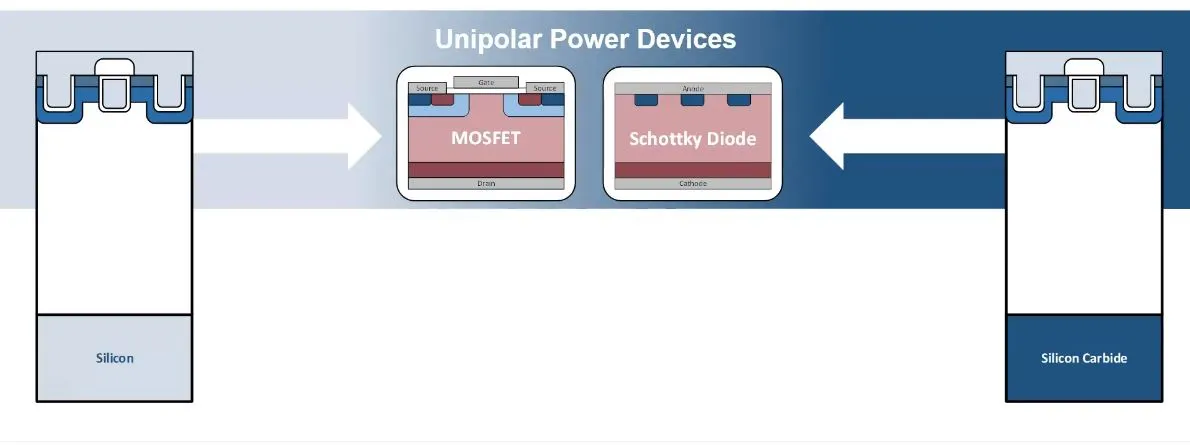Overview
To meet the high performance and reliability requirements of SiC power device packaging, this study investigates an advanced interconnect process combining double-sided silver sintering of the chip and ultrasonic bonding of thick copper wire. A series of quality evaluations and tests were used to compare different sintering processes on the chip's double-sided silver sintered layer and chip shear strength, to analyze the influence of substrate surface materials on copper wire bond strength, and to assess the effects of thermal shock on sintered silver microstructure and bond strength.
Methods
Different sintering procedures were compared through material characterization and shear testing of the sintered silver layers. Substrate surface materials were evaluated for their effect on ultrasonic bonding strength of heavy copper wire. Prototype samples were subjected to thermal shock tests to observe changes in sintered silver microstructure, chip shear strength, and copper wire bond mechanical performance.
Key Findings
Both single-step sintering and sequential sintering produced chip shear strengths that meet industrial production standards. Sequential sintering, however, produced superior silver sintering morphology and higher chip shear strength compared with single-step sintering. After thermal shock testing, the sintered silver microstructure showed enlarged sintering necks and increased porosity, and chip shear strength increased significantly for both sintering processes.
Substrate material has a strong effect on ultrasonic bond strength of copper wire. Bonding on bare-copper active metal braze (Active Metal Braze, AMB) exhibited better initial mechanical performance. After thermal shock, bond mechanical performance on bare-copper AMB degraded, while that on silver-plated AMB improved. Tensile tests of the second bond indicated that thermal shock shifted the failure mode on bare-copper AMB from 100% neck fracture to joint pull-off, whereas joint pull-off on silver-plated AMB progressively decreased.
Implications
The results indicate that sequential sintering provides better sintered silver microstructure and chip shear strength, and that substrate surface finish significantly influences copper wire bond reliability under thermal cycling. These findings can inform interconnect process selection and substrate preparation for reliable SiC power device packaging.
 ALLPCB
ALLPCB






